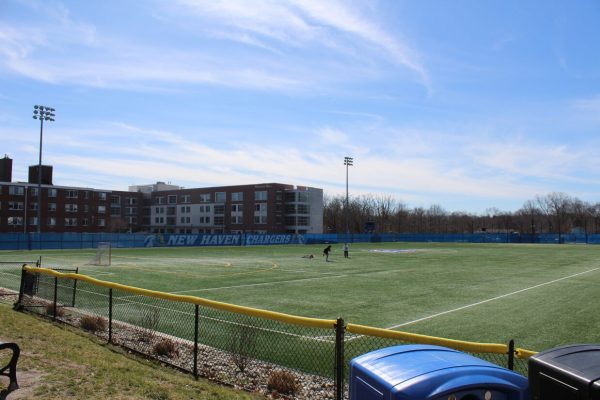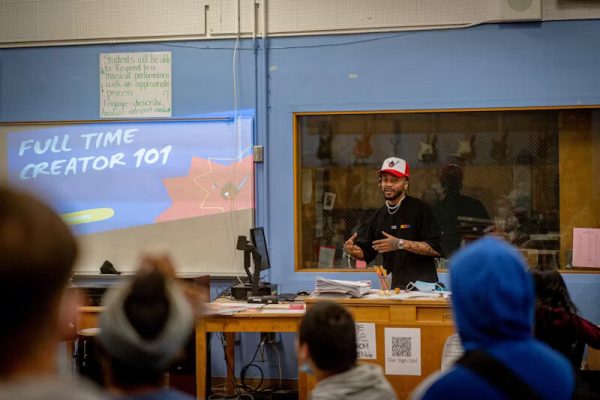There’s no such thing as alcoholism when you’re in college
It’s Friday night. You’ve had a hard week of classes and homework, writing multiple essays and delivering a 15-minute presentation. All you want right now is to hang out with your friends and – while you’re at it – you’ve definitely earned a drink for your efforts. After all, it’s not alcoholism until you graduate, right? Right?
Sort of.
The definition of what constitutes alcoholism lies on a spectrum ranging from “mild” to “severe” alcohol use disorder (AUD). According to the Mayo Clinic, AUD is a pattern of drinking that involves problems controlling drinking, being preoccupied with drinking, or continuing to use the substance even when it causes problems. It can also involve having to drink more to get the same effect (upping your tolerance).
I have met people who can shotgun Four Lokos or crush 10 cans of Busch Lite without flinching. 20% of college students fit the criteria for AUD. The normalization of abusing alcohol creates an environment of habitual binge drinking for 50% of college students, and there is seldom a middle ground for social drinking.
Mixed drinks are common at parties, and particularly risky because you truly don’t know how much alcohol you have consumed since the liquor content varies. Pregaming before even going to drink at the party is also common. Some students don’t eat as much during the day when they know they’ll be going out that night, since an empty stomach makes intoxication occur faster and, of course, the point of drinking is to be drunk.
The logic behind this being, “I could never go to a party sober” or “It’s no fun being sober when everyone else is drunk.” Alcohol is sometimes a crutch used to make gatherings more bearable. There is nothing inherently wrong with drinking and being tipsy occasionally but normalizing and even celebrating regularly blacking out isn’t healthy behavior.
Alcohol is and has always been an important part of college life. You and I will continue to have fun but we need to be cognizant that 2,000 students die each year from unintentional, alcohol-related incidents. Be safe, self-aware and don’t become a statistic.

Lindsay Giovannone is a senior majoring in history and minoring in criminal justice. She has been part of the paper since she was a freshman and has previously...







